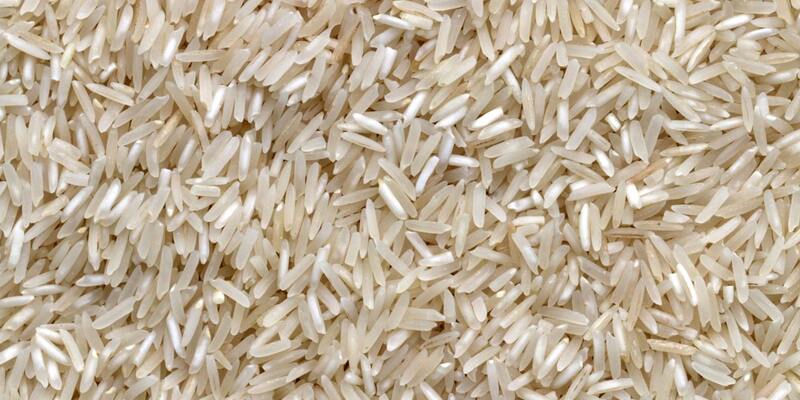Rice: A Versatile and Nutritious Staple for Seniors

Rice is a simple, yet incredibly versatile grain that has been a dietary staple for centuries. Whether you’re a fan of white rice, brown rice, or something more exotic like wild rice, this humble grain can be a nutritious and delicious addition to your meals. For seniors, rice offers a range of health benefits, ease of preparation, and culinary possibilities that make it worth incorporating into your diet.
The Health Benefits of Rice
Rice, especially brown and wild varieties, is packed with essential nutrients that can support overall health. Brown rice, for instance, retains its bran and germ layers, making it a good source of fiber, vitamins, and minerals. Fiber is particularly important for seniors as it aids in digestion and helps maintain healthy cholesterol levels. Additionally, brown rice provides magnesium, which plays a role in bone health—an important consideration as we age.
White rice, while not as nutrient-dense as its brown counterpart, is still a valuable source of energy due to its carbohydrate content. It’s also easier to digest, which can be beneficial for those with sensitive stomachs or digestive issues.
Easy to Prepare and Enjoy
One of the best things about rice is how easy it is to prepare. Whether you’re cooking for yourself or with the help of a caregiver, rice can be made on the stovetop, in a rice cooker, or even in the microwave. It pairs well with almost any protein, vegetable, or sauce, making it a versatile base for countless meals.
For seniors who may be managing their weight or blood sugar levels, portion control is key. Rice expands when cooked, so a small amount goes a long way. Consider pairing your rice with high-fiber vegetables and lean proteins to create a balanced and satisfying meal.
Exploring Different Varieties
Rice comes in many varieties, each with its own unique flavor, texture, and nutritional profile. If you’ve only ever eaten white or brown rice, why not explore some other options?
- Wild Rice: Technically not a true rice, wild rice is a grain that offers a nutty flavor and a higher protein content than other rice types. It’s also rich in antioxidants, which help protect your cells from damage.
- Basmati and Jasmine Rice: These long-grain varieties are known for their fragrant aroma and delicate flavor. They are often used in Asian and Middle Eastern cuisine and can add a new dimension to your meals.
- Arborio Rice: If you enjoy creamy dishes like risotto, Arborio rice is the perfect choice. Its high starch content gives risotto its signature creamy texture.
Storing and Handling Rice Safely
Proper storage of rice is important to ensure it remains fresh and safe to eat. Uncooked rice should be kept in an airtight container in a cool, dry place. Once cooked, rice should be refrigerated within two hours and consumed within a few days. If you have leftover rice, it can be easily reheated or repurposed into a new dish, such as fried rice or rice pudding.
Rice: A Comforting and Nutritious Choice
For many, rice is more than just food—it’s comfort. Whether it’s a bowl of warm rice with butter or a hearty rice dish shared with family, this grain has a way of bringing people together. As seniors, it’s important to enjoy foods that not only nourish the body but also bring joy to the table. Rice, in all its forms, fits that bill perfectly.
So next time you’re planning your meals, consider adding rice to the menu. It’s a simple, nutritious, and versatile grain that can help you maintain a healthy diet and enjoy the comforts of a home-cooked meal.






